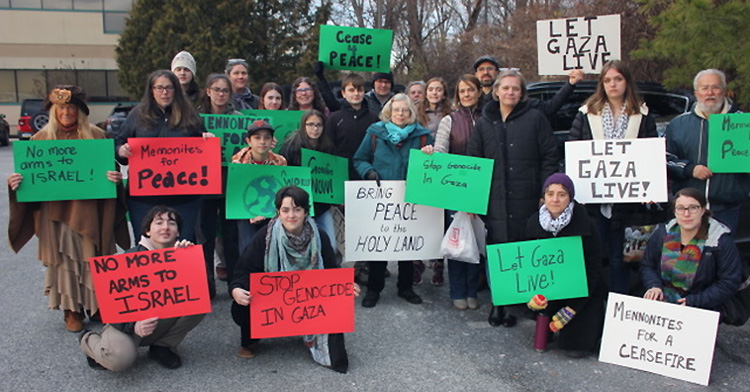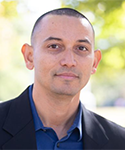James is a smart high school senior. He was accepted into a prestigious research university to study physics. He shared his educational plans with members of his church. And they were genuinely concerned about him: “He is such a good kid. I sure hope we don’t lose him to science.”
Bridget is a first-year Ph.D. student, studying chemistry. She is brilliant in class, efficient in the laboratory and well-respected by her professors. When she shared her Christian faith with her classmates, they expressed disbelief: “Out of all our colleagues, I never would have expected her to be a Christian.”
Jim is a theology professor. He was invited to speak at a faith-and-science event hosted by a local congregation. He declined because he didn’t like the idea of arguing in public: “I just assumed that the church wanted me to debate a scientist.” The event organizer had to explain that the intention was to host a friendly dialogue.
These people are real. I know their stories -- and countless others like them -- because they have shared them with me as part of my graduate research on faith-and-science dialogue. The conflict between faith and science affects real people in very real ways: Students feel pressure to choose between a life of faith and a life of scientific inquiry. Believers avoid scientific knowledge for fear of losing their faith. Scientists hide their belief for fear of losing their reputations.
This is a problem. It’s not a new problem, of course. Galileo experienced conflict between faith and science in the 17th century. Joseph Priestley’s house was burned down as a result of his scientific research in the 18th century. Gregor Mendel and George Washington Carver felt the tension as well.
And the conflict is not limited to prominent scientists or theologians. It affects everyday, normal people. The rift between religion and rationalism affects how teachers teach and how preachers preach. It causes public conflicts, tense dinner conversations and fraught relationships.
School board members wrangle over the biology curriculum. Spouses argue about how to explain the origin of life to their children. Pastors fear that the next scientific discovery might undermine Scripture, while scientists wait for believers to recognize the legitimacy of their discoveries.
The problem is obvious. The solution is not. How can this perennial issue be resolved? What is the cure for the binary distinction between faith and science, religion and rationalism? Can anything be done to help heal this divide?
The answer is no. And yes. Forget about solving the cosmic divide between faith and science. Reconciling religion and rationalism is bigger than any one person, event or generation. There is no quick fix to centuries of immersed ideologies, clashing confessions and bickering beliefs.
Reconciling individuals caught in the conflict, however, is well within our reach. We can create small spaces of healing for people damaged by the faith-and-science conflict. We can do something to help people like James, Bridget, Jim and others. Clearing out the clutter of hurt, fear and distrust between faith and science is one way that we can create a small space for healing to happen.
This means listening to those reproached by a congregation for studying physics. It means encouraging those ostracized by their colleagues for their faith. It means helping individuals move from debate to dialogue. This means helping students of science find value in students of Scripture and helping people of faith rebuild their trust in people of science.
As members of the faith community, we can work to help heal the rift between faith and science in a number of ways:
- Gather people with varied backgrounds in science and religion to discuss a shared topic. Don’t start with genetics or Genesis. Instead, reflect on mutual interests or concerns such as art, animal welfare, food, culture or language.
- Use communal spaces, also known as “third spaces” -- places that are neither “ours” nor “theirs” -- to talk about faith and science. The pub down the street and the local coffee shop are neutral gathering spots. The church sanctuary, the fellowship hall, the university lecture hall and the science center are not.
- Pursue points of agreement. Rather than fixating on the numerous disagreements -- evolution and creation, seen and unseen, known and unknown -- seek common ground. How can scientific inquiry benefit faith? How can faith benefit scientific inquiry? What endeavors can we pursue together?
If the conflict is ancient, so too the practice of reconciliation is nothing new. The apostle Paul encouraged the early church to be about the work of reconciliation: “May the God of endurance and encouragement grant you to live in such harmony with one another, in accord with Christ Jesus, that together you may with one voice glorify the God and Father of our Lord Jesus Christ” (Romans 15:5-6 ESV).
The church continues this work of reconciliation today. It is work that goes beyond reconciling sinners to God; it includes healing conflicted individuals, communities and ideologies. Let us pursue this good work by helping reconcile individuals caught in the conflict between faith and science.







